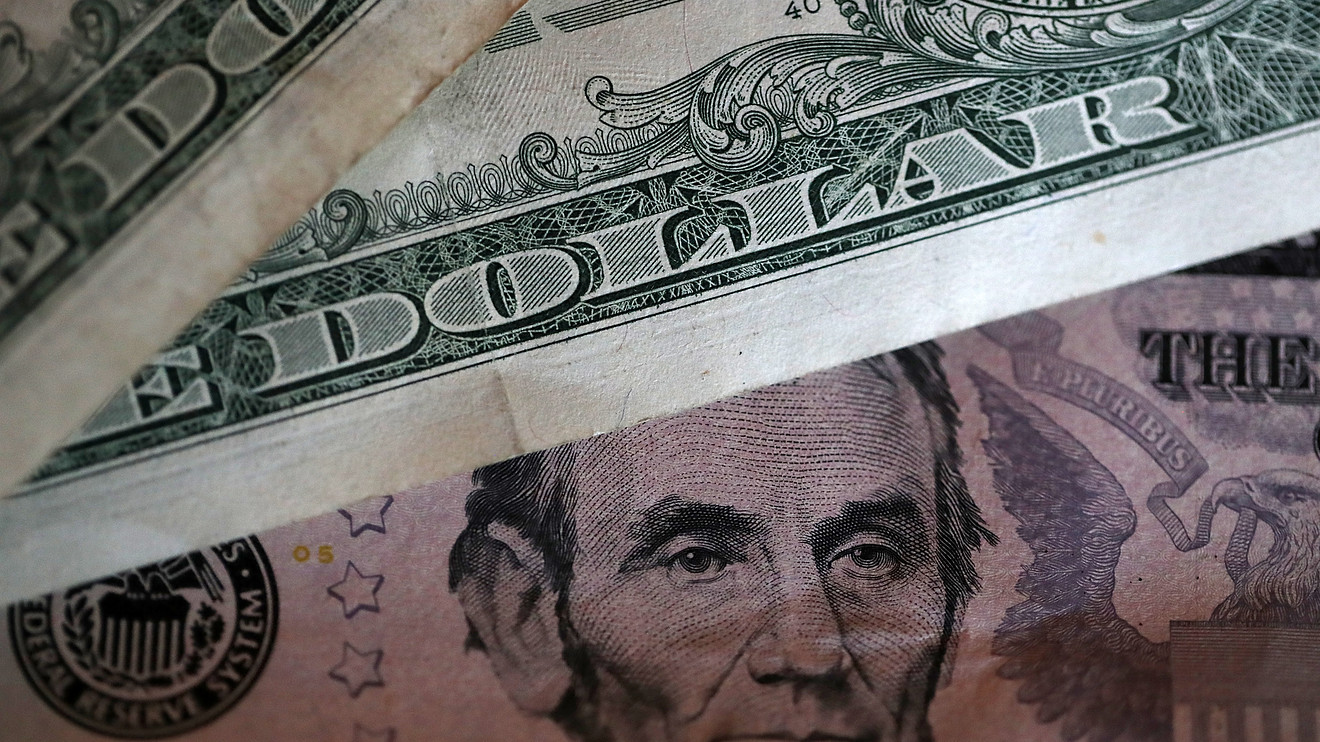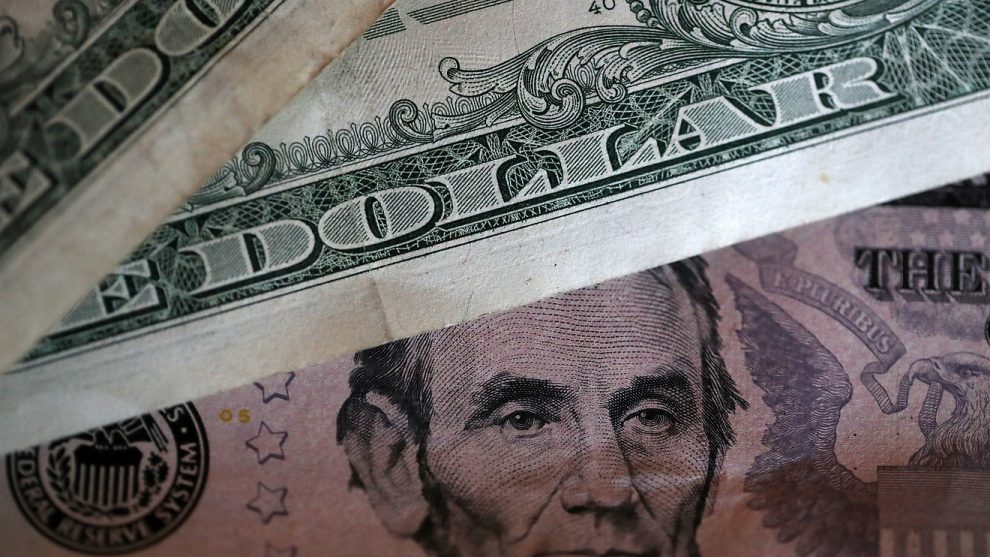
The U.S. dollar added to its recent uptrend in early trade on Thursday, with one popular gauge of the strength of greenback rising to around the highest in nearly two years.
The ICE Dollar Index, DXY, +0.12% which tracks the buck against six trading rivals, traded to an intraday high at 98.322 — its highest read since May 16, 2017.
In more recent trade, the index had backed off these highs, to trade at 98.161, unchanged on the day.
Read: Dow futures losses deepen after 3M Co. says it will cut 2,000 jobs
What are analysts saying”
“The dollar rally is picking up speed and strength as the divergence theme remains in force,” said Brown Brothers Harriman in a morning note. “Yesterday, we got lower than expected Australia [first-quarter] CPI and a dovish hold from the Bank of Canada. Today, it was the Riksbank’s turn to deliver a dovish hold and it did not disappoint,” referring to the Swedish central bank.
Read: Stock markets are ringing up records and bonds are rallying too — but that is not supposed to happen
Biggest movers
The Swedish krona USDSEK, +0.9370% was the worst-performing currency on Thursday after its central bank said interest rates are likely to remain lower for longer than previously anticipated. The krona collapsed to its lowest level in more than a decade.
“Earlier this morning Sweden’s Riksbank tweaked its forward guidance so that the Repo Rate would remain at current level for somewhat longer period of time than was forecasted back in February — the next potential rate hike is near year-end or in early 2020 (revised from H2 of 2019),” said Dean Popplewell, vice president of Market Analysis at OANDA.
“The Riksbank also extended its QE program and would buy government bonds for nominal value of SEK 45B from July 2019 to December 2020.”
A single dollar was fetching 9.5259 krona.
Read: Why tech stocks can continue to lead the S&P 500 higher, in two charts
Other G-10 currencies
The Japanese yen was trading higher against the buck following the Bank of Japan’s policy meeting where Governor Kuroda said current stimulus would remain in place at least through the middle of 2020.
The yen USDJPY, -0.57% rose to ¥111.42, compared with ¥112.20 late Wednesday. Yen strength extended in morning trade after U.S. equity indexes turned south.
The Dow Jones Industrial Average DJIA, -0.45% lost more than 200 points, or 0.8%, the S&P 500 SPX, +0.14% fell 0.2%, while the Nasdaq Composite COMP, +0.37% was unchanged.
Elsewhere, the euro EURUSD, -0.1434% continued its slide, trading to its lowest level since June 2017. In most recent trade, the shared currency was at $1.1142, versus $1.1156 the session prior.
Meanwhile, the British pound GBPUSD, -0.0388% was unchanged at $1.2905.
Today’s calendar
On the data front, jobless claims for the week ending April 20 rose 37,000 to 230,000, while durable goods orders grew at fastest rate in seven months.
Read: Jobless claims jump 37,000 to 230,000 in late April to hit 2 1/2-month high
Providing critical information for the U.S. trading day. Subscribe to MarketWatch’s free Need to Know newsletter. Sign up here.




